With the Internet of Things (IoT) developing at a quicker rate than before, 2025 is expected to be a breakthrough year. New technologies are changing how we connect with the world around us, from edge computing to lightning-fast networks to automation driven by AI. If your company has any sort of tech connection, it is now imperative that you comprehend these trends.
Why 2025 Is A Turning Point For IoT Innovation
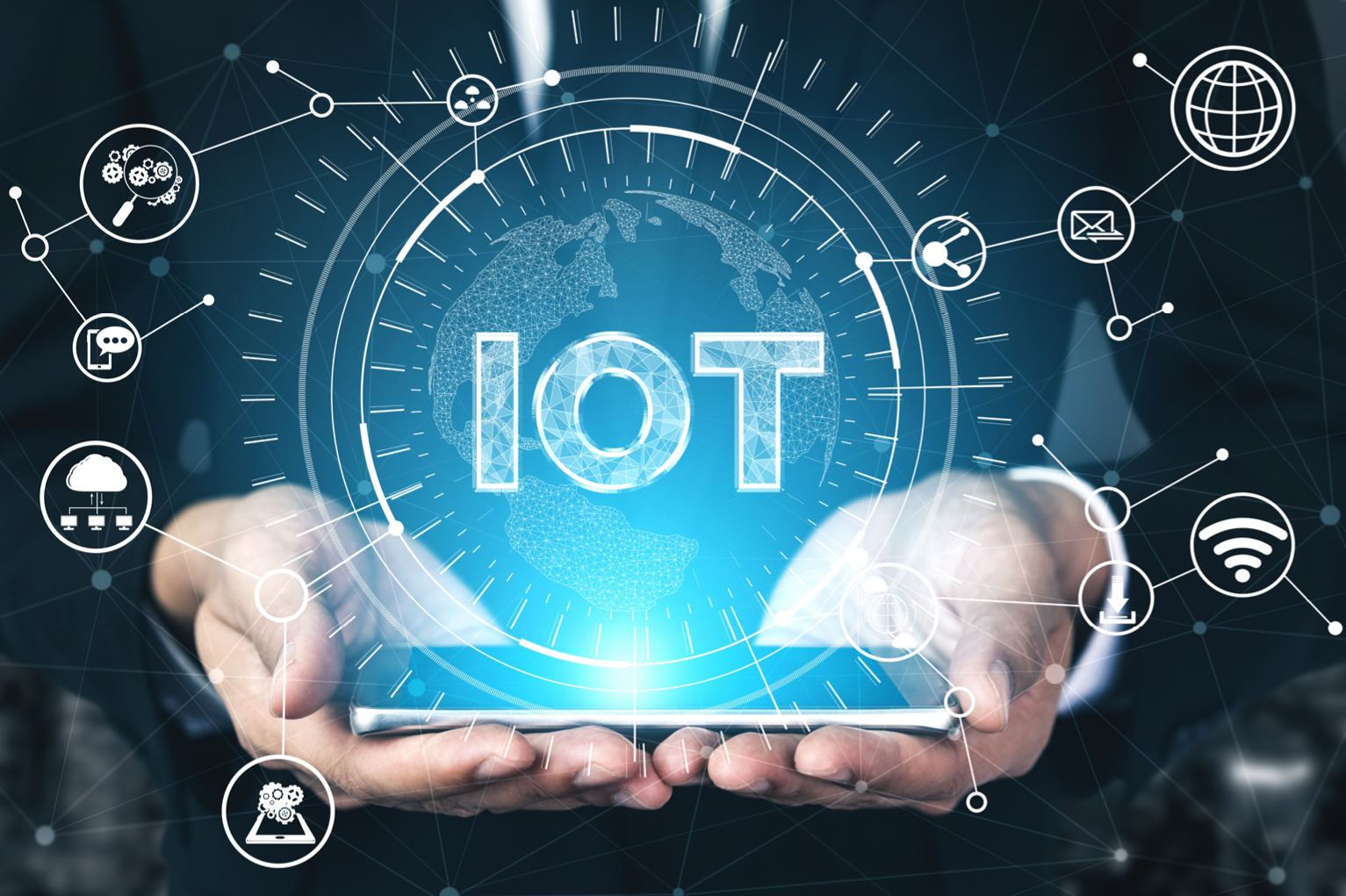
2025 is a significant turning point in the IoT, not simply another year. A number of disruptive technologies are coming together:
- Edge computing is reducing reliance on the cloud.
- 5G and emerging 6G networks are boosting speed and scale.
- AI is making devices smarter and more autonomous.
IoT is being widely adopted by sectors ranging from manufacturing to healthcare at the same time. Regulations are also becoming more stringent, especially in the areas of device security and data privacy. This year presents a special opportunity for startups and established businesses to innovate—or risk falling behind.
What These Trends Mean For Your Business
You will be immediately impacted by these IoT changes if your business depends on automated procedures, real-time data, or linked devices. In 2025, you’ll need to:
- Modernize infrastructure for speed and scalability
- Prioritize cybersecurity and regulatory compliance
- Explore AI to automate decision-making
- Reduce energy consumption with low-power hardware
Your business can gain a competitive edge by embracing new technologies and remaining informed.
Top 5 IoT Trends To Watch In 2025
1. Edge Computing In IoT

What is Edge Computing and Why It Matters in 2025
Edge computing reduces the need to transmit data back to centralized servers by bringing data processing closer to devices. Real-time performance will change in 2025, allowing for ultra-responsive apps and the removal of bottlenecks.
Key Use Cases: Smart Cities, Healthcare, Industrial IoT
Edge computing improves reliability and decreases delays in mission-critical applications, ranging from wearable health monitoring and remote medical care to traffic lights and autonomous transportation.
Benefits: Low Latency, Cost Savings, Greater Privacy
Faster replies, lower data costs, improved data protection, and instantaneous, local decision-making are all advantages for businesses.
2. 5G & 6G For Smarter IoT
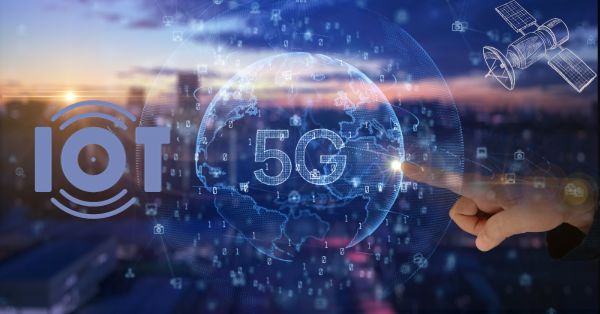
How 5G/6G Enables Scalable and Instant Connectivity
When 5G and the early stages of 6G are deployed in 2025, billions of devices will be able to connect with extremely low latency and great dependability. Immersion user experiences, connected transportation, and real-time collaboration are all made possible by these networks.
Industries Leading the Adoption: Mobility, Retail, Logistics
The improvement in network performance is helping a number of industries, including real-time supply chain tracking, smart retail checkout, and autonomous cars.
From 5G to 6G: What’s Next?
More bandwidth for immersive experiences, ultra-high precision location monitoring, and AI-native infrastructure to further improve device intelligence are all anticipated with 6G.
3. AI Meets IoT (AIoT)
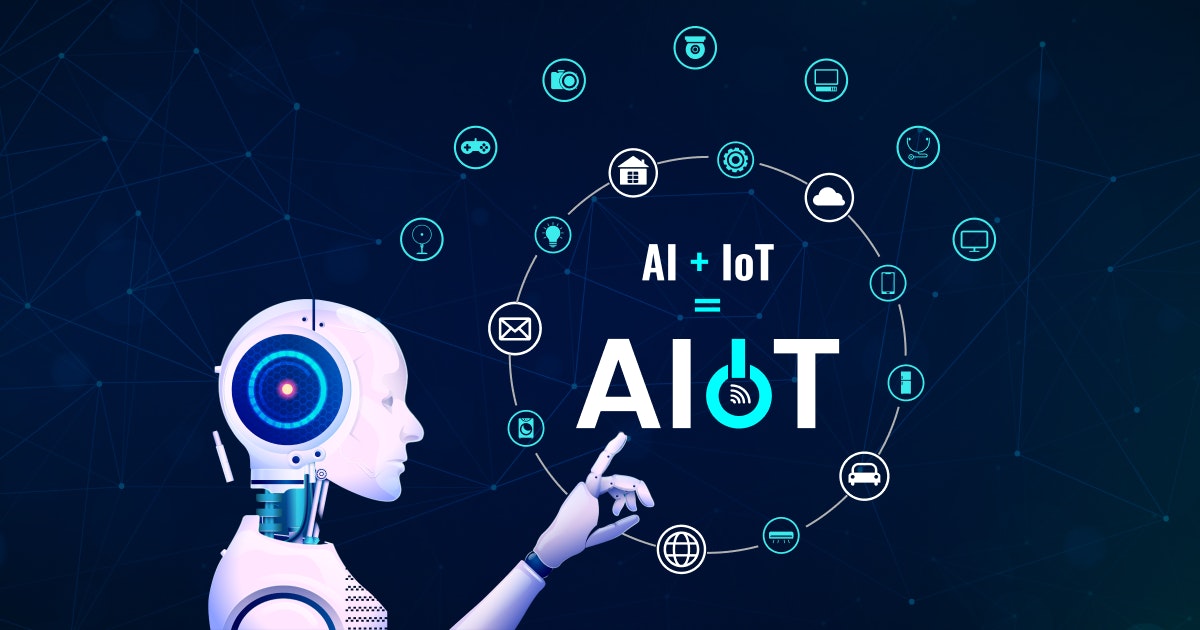
AI + IoT = Intelligent Automation
IoT is improved by artificial intelligence since it gives systems the ability to think, anticipate, and react on their own. AIoT, a potent combination, is transforming how decisions are made.
Real-World Examples: Predictive Maintenance, Smart Assistants
Predictive algorithms are used by factories to save downtime, while AI-powered virtual assistants and traffic systems make smart homes and cities more user-friendly.
Impact on Data-Driven Decision Making
Businesses can gain deep insights, make proactive decisions, and adjust strategies in real-time for increased agility and efficiency using AI-driven analytics.
4. Low-Power IoT Hardware
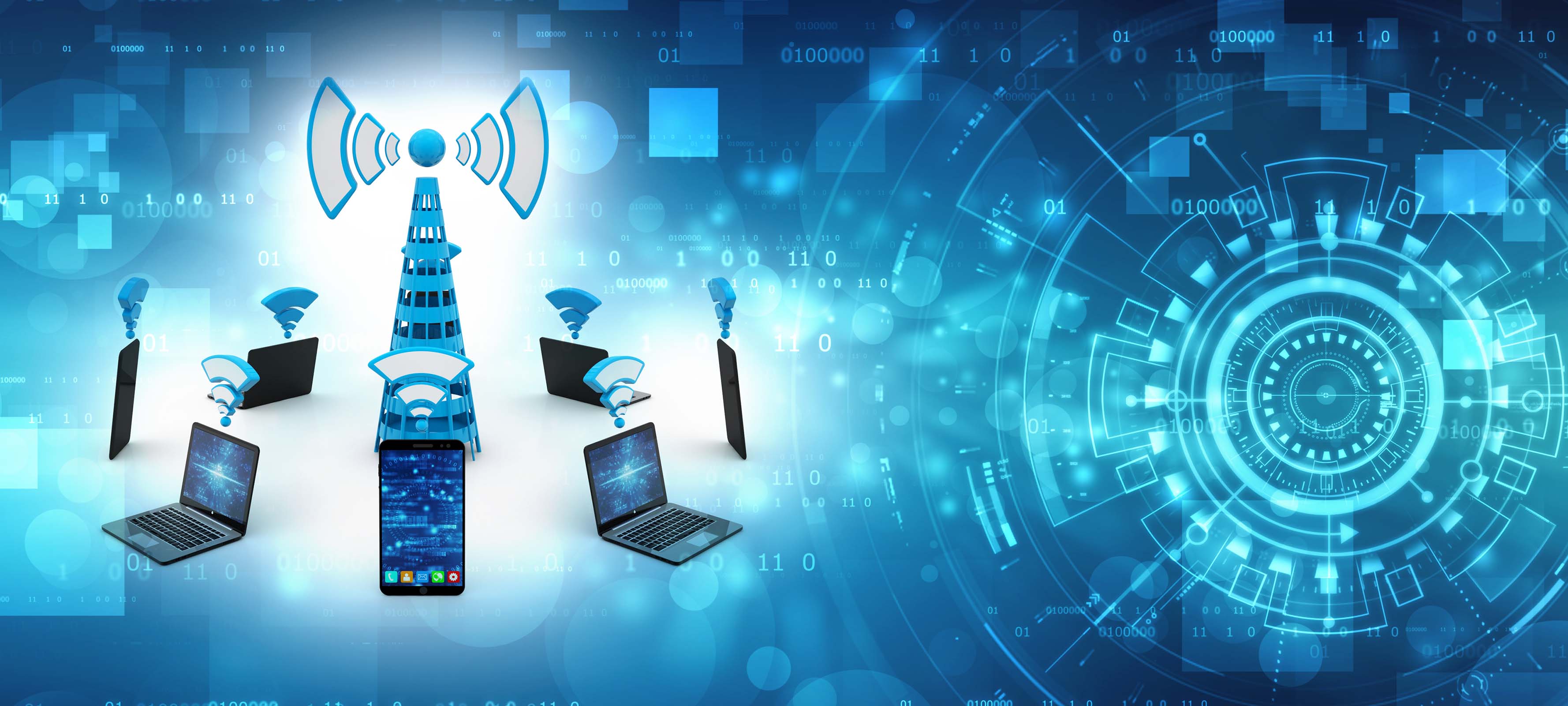
Low-Power Chipsets for Always-On Devices
In 2025, ultra-efficient chipsets that can do more functions with less energy consumption will be used in IoT devices. This development contributes to the proliferation of wearables and sensors that are always connected.
Sustainable IoT: Green Tech for Smart Devices
Recyclable and environmentally friendly materials are being given priority, which helps businesses lower their carbon footprints and meet international sustainability targets.
The Role of ARM, RISC-V, and Microcontrollers
Scalable IoT solutions are built on lightweight designs, which allow for innovation without sacrificing size or power.
5. Securing The IoT
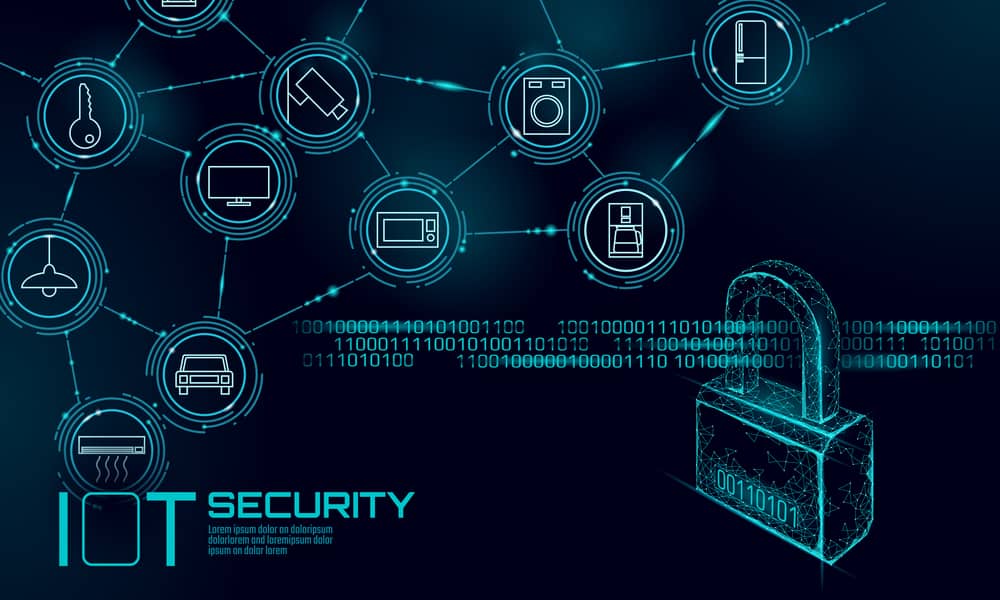
The Growing Threat Landscape
Security vulnerabilities are growing along with the IoT ecosystem. Attack surfaces increase, particularly in the fields of industrial automation, smart homes, and healthcare.
Encryption, Blockchain, and TPM Hardware
Data integrity and breach prevention are being aided by trusted platform modules (TPMs), blockchain for trusted communication, and advanced encryption algorithms.
Regulations & Compliance: GDPR, NIST, ISO27001
Businesses must implement more robust governance models and open data handling procedures as a result of governments and industry tightening rules.
What Is The Future Of IoT?
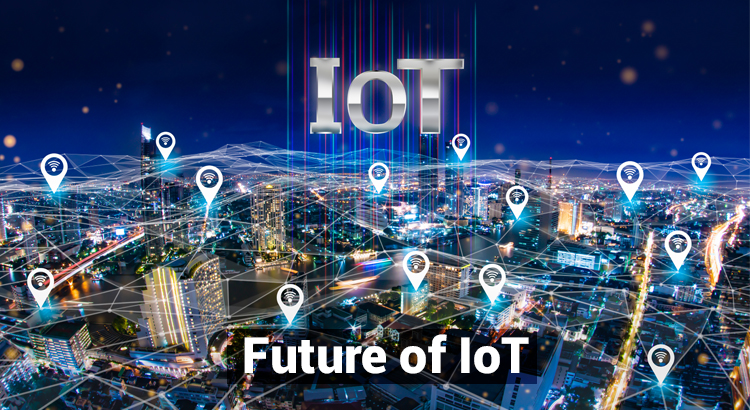
IoT will be decentralized, intelligent, and extremely safe in the future thanks to advancements that go well beyond simple device connectivity. IoT systems will function independently, adjust in real time, and cooperate flawlessly in a variety of challenging conditions as we approach a new era.
Devices will:
- With edge-AI, you can think locally and make decisions in real time without relying on the cloud.
- 6G and next-generation wireless networks allow for quicker and more effective communication.
- Because to hardware-level encryption, blockchain-based identities, and ongoing threat monitoring, you are naturally safe.
Entire ecosystems, including factories, healthcare systems, and smart cities, will sync and automate together in addition to individual gadgets. The outcome? Intelligent, self-optimizing environments will replace isolated tools in the Internet of Things.
Companies that get ready now—by making investments in safe design, scalable infrastructure, and AI integration—will not only stay up, but will take the lead in the change.
Metti IRA: Full-Spectrum IoT Solutions
Metti IRA provides end-to-end IoT infrastructure if you want to grow, secure, or enhance your IoT systems. With its compliance-ready platforms and AI-integrated hardware, Metti enables companies to:
- Build secure, scalable IoT networks
- Reduce latency and power consumption
- Integrate AI for predictive and automated decisions
- Stay compliant in a rapidly changing regulatory environment
Whether you’re upgrading an existing configuration or beginning from fresh, Metti IRA offers the knowledge and resources to ensure your IoT journey is future-proof.
Conclusion: Embracing The Future Of IoT
For IoT, 2025 will be a defining year. You can take advantage of new opportunities by coordinating your approach with emerging trends such as edge computing, AIoT, 5G/6G, and next-generation security.
Explore how Metti IRA can help you stay ahead. Visit Metti IRA and start transforming your business with smart, secure solutions.

